London political space
The transformation of political and cultural space 2003
In this article I thought about the way London had changed politically and culturally since the 1970s even though its topography – at least in central London – was largely unchanged. The article reflects on the disappearance of pubs where political meetings took place and radical cinema venues. It also discusses the impact of library closures – in the 1980s- and the role of the GLC.
Below is an edited summary. The book is still available. Apparently a second edition is coming out later this year.
A time traveller from the 1970s would still easily find their way around central London thoroughfares today… A socialist or radical activist, however, would have far more difficulty mapping out a former terrain, revisiting places of meetings, political gatherings and cultural dissent…
In the 1970s meeting places in rooms over Victorian pubs, trade union halls, community and alternative cultural venues were widespread. Since many political venues were in buildings of an earlier period they seemed to emit an aura of permanence. The age of the physical fabric created the illusion that the events conducted within their walls would also endure. The materiality of the structure and the political debates within them seemed complementary. However these informal venues were more transitory than were realised at the time. The tradition of political meetings in pubs – dating back to the nineteenth century days of the London Corresponding Society or the Chartists – has now withered. Fierce debate amongst the left in pubs like the Roebuck in Tottenham Court Road or the General Picton in Kings Cross is no more. Venues like the Cock tavern in Phoenix Place where socialist teachers thrashed out tactics of unofficial strike action in the 1970s remain but the radical clientele has long gone. In many cases the system of pubs hosted locally by a landlord has been replaced by chains run by managers with centralised procedures and policies…
Many of the smaller buildings where activists met have closed … No material traces exist of the political moments enacted in these former structures.
… Left wing life in 70s and 80s London was characterised by a flourishing of the inter-relationship and inter-dependence of cultural production and far left politics. A good example of this relationship was found in the progressive and too short lived weekly London listings magazine City Limits . The magazine which first started publication in October 1981 was itself a product of a particular political moment, breaking away from the Time Out magazine when changes to collective working practices were imposed. However, taking pride of place as the regular first feature in the new left wing magazine was not ‘politics’ but film…Cinemas themselves became configured as political spaces for the showing of radical films and discussion: these included the Roxie and Scala Cinema clubs, the 4 corners in Bethnal Green road or the Last Chance film club in Notting Hill…This mixture of culture and politics was found too in the old Irish pubs: the George Roby in Finsbury Park, Mooneys in the Strand, the Victoria off the Holloway Road , the Crown and Castle at Dalston Junction or the Favourite in Hornsey Road. In pubs like the Favourite work, politics and leisure would combine: collections for republican prisoners’ families, live music and men seeking information of where work could be found on building sites. These were not pubs adorned outside with gaelic calligraphy, or faux window displays of a sentimental past but places where people themselves could create alternatives to the establishment.
Bookshops linked to political groups were widespread: the Other bookshop of the International Marxist Group in Islington’s Upper St, the Workers’ Revolutionary Party bookshop in Charlotte Street, the Communist Central Books in Grays Inn Road or the Socialist Workers’ Party Bookmarks, now relocated from its Finsbury Park premises to Gower Street. The education – based Corner House, or Writers and Readers and the wonderful Compendium in Camden Town have shut. The chain of Collets communist bookshops, which dominated Charing Cross Road and its environs closed long ago. The main bookshop which sported a Soviet Weekly stand outside, from which the Eurocommunist staff filched money for cakes, could no more survive in the changing climate than its successor on the site the women’s bookshop, Silver Moon.
…Public (and free) access to books and to spaces for reading and engaging with books has been severely curtailed. When cuts were first implemented in the late 1980s these met with fierce resistance. In February 1988 ‘The St Pancras Nine’ occupied the Camden reference library in Euston Road, exercising – they told the press – ‘reader power’- and had food delivered to them by a basket on a rope by well wishers…Now on the site of the library is a hotel.
There was a similar story in Hackney where the majority of the Labour council in Hackney set a budget for the financial year 1988 – 9 which included the closures of several branch libraries throughout the borough and of the reference library in Stoke Newington. The chair of the Leisure Services committee resigned her position in protest as did other left wing members and helped occupy the branch libraries … Although the occupations continued for months they – together with the books – were wrecked by private contractors employed by the council at 3 a.m. on the night of September 22nd 1988. The contractors smashed bookcases and fittings and destroyed and damaged thousands of books, still being used during the occupations…As the contemporary poster used during the campaign stated, ‘Something stalked the corridors of Mare Street … And it Wasn’t Socialism’.
Across London we have a diminution of public places – libraries – where people might read real books or study, where books are not seen as a commodity to be owned but to be used or enjoyed by the whole community including those without money.
…It is the way in which cuts were implemented that has so changed London life and altered everyday experience. In the 1980s the GLC promoted a particular definition of being a Londoner as someone who inter-acted with others culturally, socially and politically. The council became a facilitator of such an identity in different ways – initiating political debate, providing space literally and metaphorically for Londoners to bring about change in their own lives. The GLC also redesigned city space. Parks became venues for free festivals, the South Bank a place of music or open air chess, the Festival Hall became a public space with free foyer exhibitions, County Hall itself became a venue for Londoners’ meetings: ideas of public and private became blurred.
The transformation of political and cultural space
London: from Punk to Blair eds Joe Kerr and Andrew Gibson,Reaktion Books, 2003, pp 148 – 156.
Still available from: Reaktion books
and Amazon










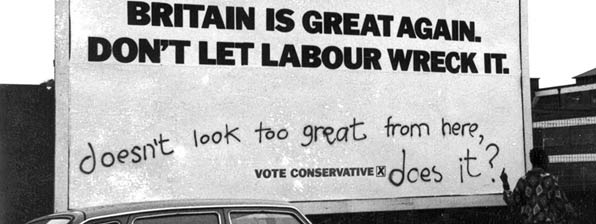



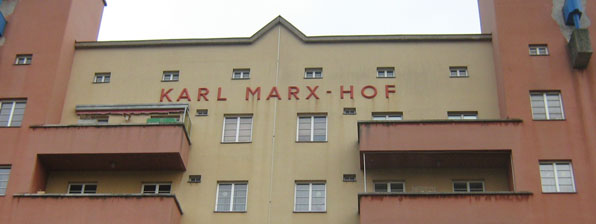
















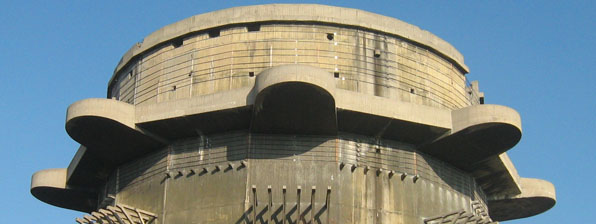




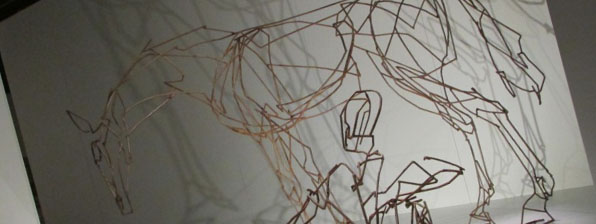








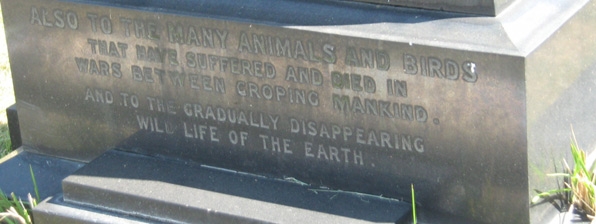


















Leave a Reply